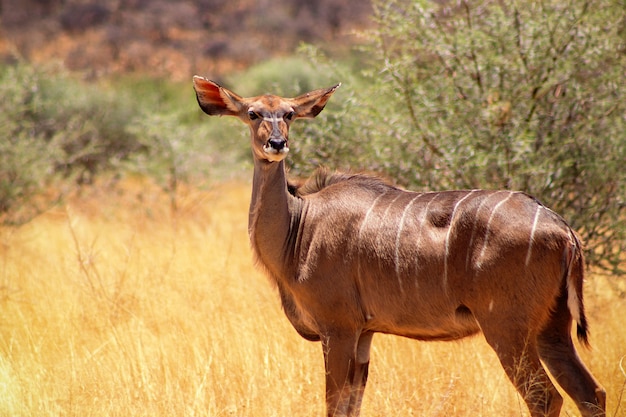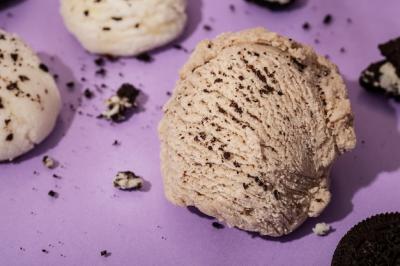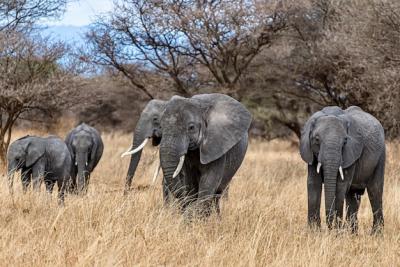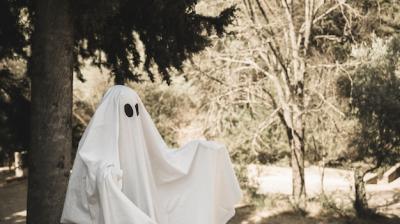Wild African Animals: Greater Kudu in Natural Habitat – Free Stock Photo Download
The beauty of the African wilderness is unmatched, and the Greater Kudu is a stunning example of its wildlife. This majestic woodland antelope stands gracefully amid the lush African bushes, showcasing its impressive antlers and delicate features. In this article, we will explore the characteristics, habitat, and importance of the Greater Kudu in its natural environment.
What is a Greater Kudu?
The Greater Kudu (Tragelaphus strepsiceros) is a large species of antelope native to the woodlands and savannahs of eastern and southern Africa. With its striking appearance, the kudu has captivated many wildlife enthusiasts and photographers alike. Below are some interesting features of this remarkable animal:
- Size: Males can weigh between 500 to 600 pounds, while females are smaller, weighing around 300 to 400 pounds.
- Antlers: Males possess long, twisted antlers that can reach up to 4 feet in length.
- Coloration: Their coat typically has a grayish-brown color, which helps them blend into their leafy surroundings.
- Stripes: They have white vertical stripes along their bodies, which provide effective camouflage in dense brush.
Habitat of the Greater Kudu
The Greater Kudu prefers habitats that offer a mixture of open woodlands, dense bush areas, and acacia scrub. This diverse environment provides them with the food and cover they need to thrive. They can often be found near water sources, which are vital for their survival, especially in the dry season.
Diet
As herbivores, Greater Kudus primarily feed on leaves, shoots, and fruits. Their unique digestive system allows them to break down tough plant materials efficiently. This adaptability helps them find food even in challenging conditions.
The Importance of Greater Kudus in the Ecosystem
The Greater Kudu plays a vital role in maintaining the balance of its ecosystem. Hereâs how:
- Foraging: By eating vegetation, they help control plant growth and promote new plant life.
- Food Source: They serve as a food source for large predators, including lions and leopards.
- Seed Dispersal: Their foraging habits also contribute to seed dispersal, which is crucial for plant regeneration.
Conclusion
The Greater Kudu is more than just a beautiful animal; it is an essential part of the African ecosystem. Its majestic presence in the woodlands reminds us of the importance of wildlife conservation. By understanding these magnificent creatures, we can appreciate their role in nature and work towards protecting their habitats for future generations.












